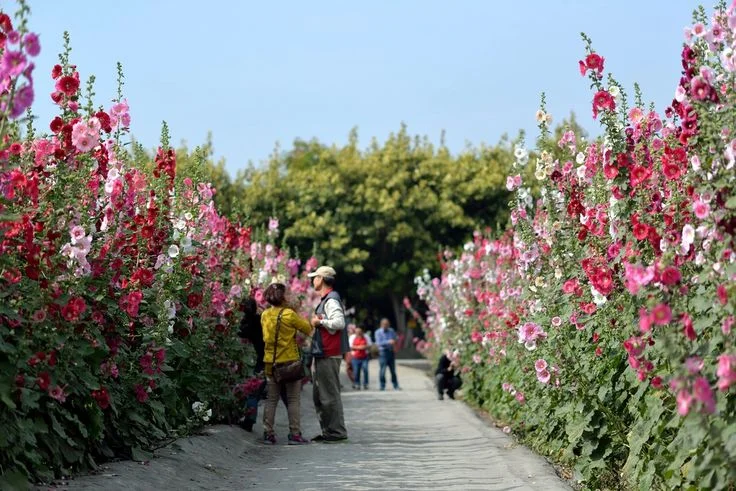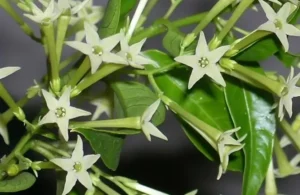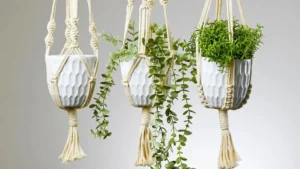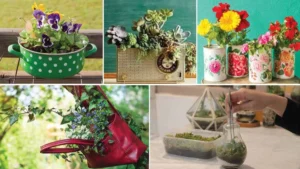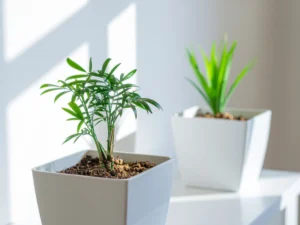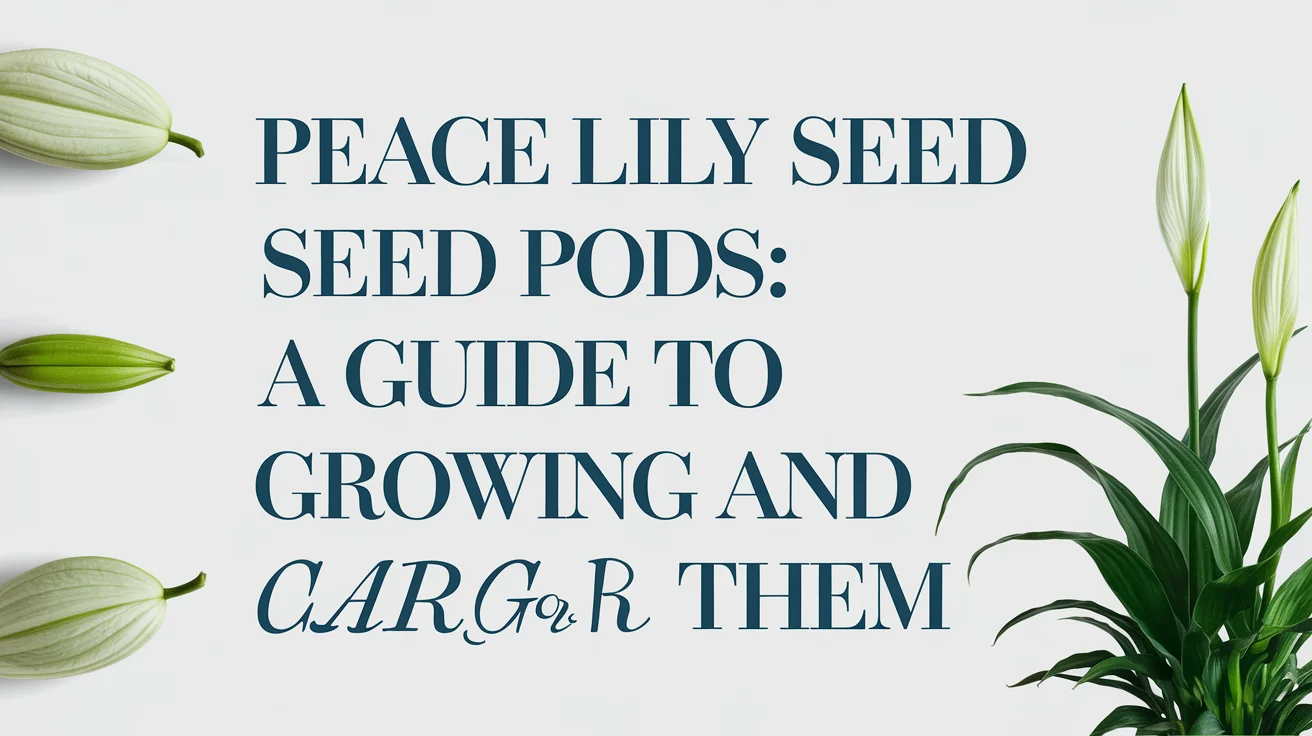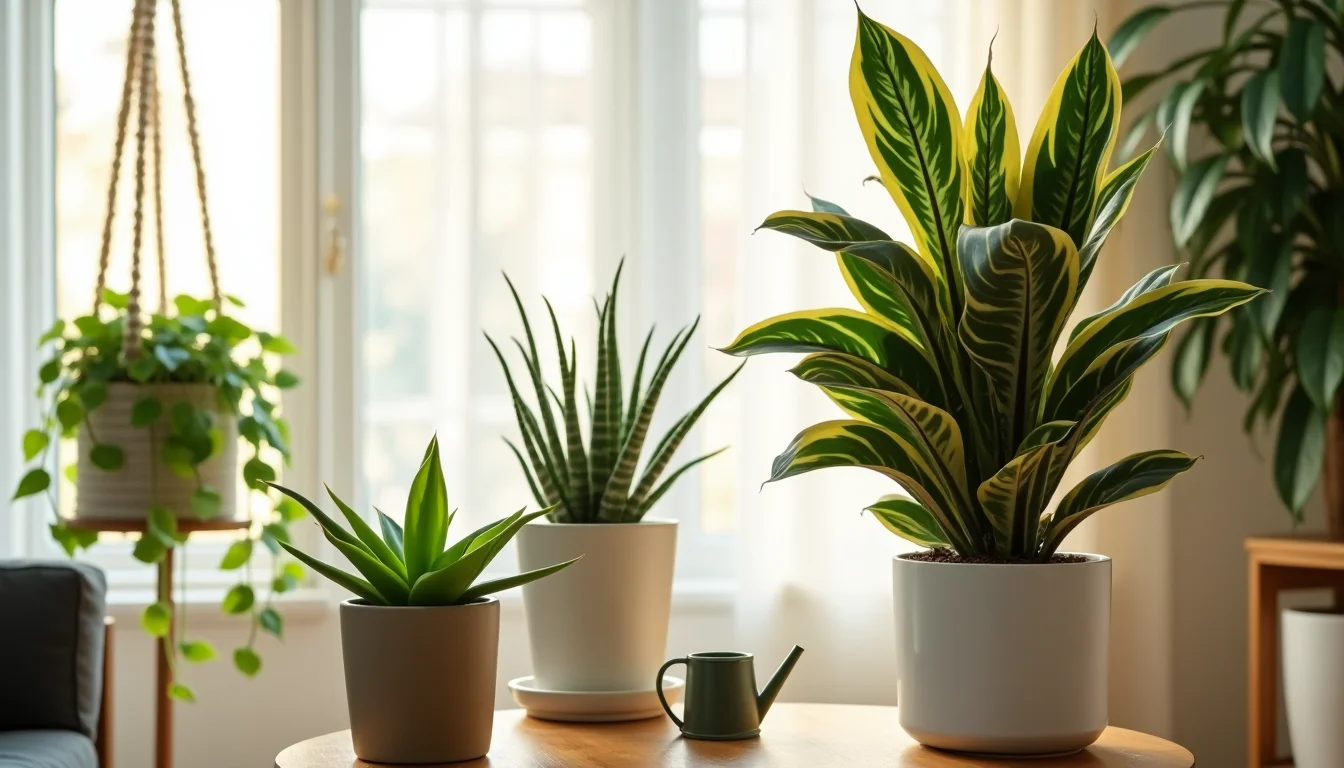If you want to create a breathtaking garden that instantly grabs attention, plants with tall flowers are the perfect solution. These striking vertical bloomers not only add height and structure but also create a sense of drama and elegance in your outdoor space. Whether you have a cottage garden, modern landscape, or a wildflower meadow, tall flowering plants bring movement, beauty, and a natural focal point.
In this guide, we’ll explore the best options for tall flowering plants, provide essential care tips, and help you design a garden that blooms sky-high with elegance.
Why Choose Plants with Tall Flowers?
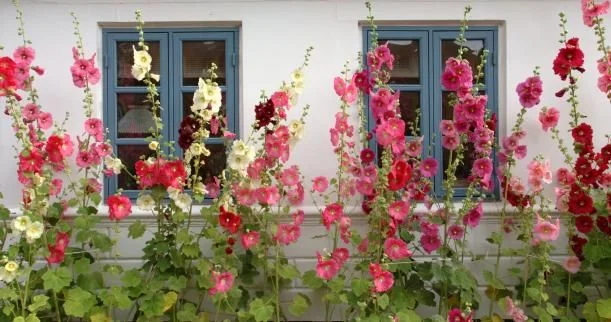
Tall flowering plants offer more than just height; in fact, they completely transform the aesthetics of your garden. By contrast, low-growing plants remain subtle, while tall bloomers add drama. Moreover, by carefully incorporating them, you can create layers of interest, contrasting backdrops, and seasonal focal points.
For example, a border lined with delphiniums instantly adds vertical elegance. In addition, these plants attract pollinators like butterflies, hummingbirds, and bees, turning your garden into a thriving ecosystem. As a result, both the visual appeal and biodiversity increase.
Furthermore, transitioning from low-growing flowers to medium shrubs and tall bloomers ensures balance and sophistication in garden design. In other words, tall flowers act as natural focal points. Similarly, they bring structure that smaller plants cannot achieve.
Consequently, your garden feels more dynamic and engaging. Above all, tall flowering plants provide both beauty and ecological benefits. Finally, they help you achieve a professional, layered garden design with ease.
Top 10 Stunning Plants with Tall Flowers
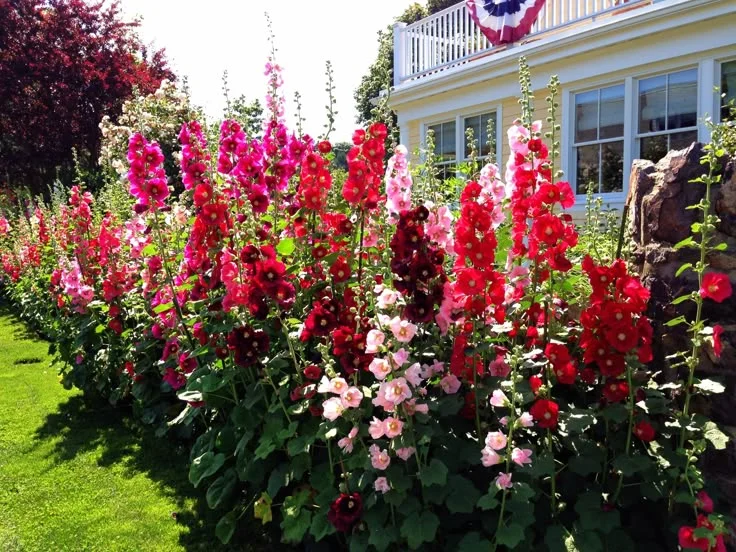
1. Hollyhocks
Hollyhocks are iconic cottage-garden plants that grow up to 8 feet tall. Their towering spires bloom in shades of pink, red, white, and yellow, creating a charming vertical display.
2. Foxgloves
Known for their bell-shaped flowers, foxgloves thrive in partial shade and reach 6 feet in height. They bring a romantic, woodland feel to your garden.
3. Delphiniums
Delphiniums produce tall, stately spikes covered in blue, purple, or white blossoms. Reaching 7 feet, they are a must for formal gardens.
4. Sunflowers
Perhaps the most famous of all plants with tall flowers, sunflowers can grow up to 12 feet tall. Their bold, cheerful faces brighten any space.
5. Joe Pye Weed
Native to North America, Joe Pye Weed grows up to 7 feet tall with clusters of mauve-pink flowers, attracting monarch butterflies.
6. Gladiolus
Gladiolus adds both height and color with sword-like foliage and blooms that reach 5 feet tall. Perfect for cut-flower gardens.
7. Verbascum
Verbascum, or mullein, offers tall spires of yellow, purple, or white flowers, thriving in dry, sunny spots.
8. Giant Allium
These ornamental onions reach 4 to 6 feet tall and produce large globe-like blooms in shades of violet and pink.
9. Cardinal Flower
This striking plant boasts fiery red blooms on tall stalks, ideal for attracting hummingbirds. It can grow up to 5 feet high.
10. Lupines
Lupines produce colorful spikes that reach 4 feet tall, thriving in well-drained soil and adding vibrancy to borders.
How to Design a Garden with Tall Flowering Plants
When incorporating tall flowers, placement is crucial. Place them at the back of borders or as focal points in the center of beds. Combining them with medium and low-growing plants creates layers that feel natural and balanced.
For example, pair sunflowers with zinnias and marigolds in front for a tiered effect. In cottage gardens, combine hollyhocks with roses and lavender for timeless charm.
Care Tips for Growing Plants with Tall Flowers
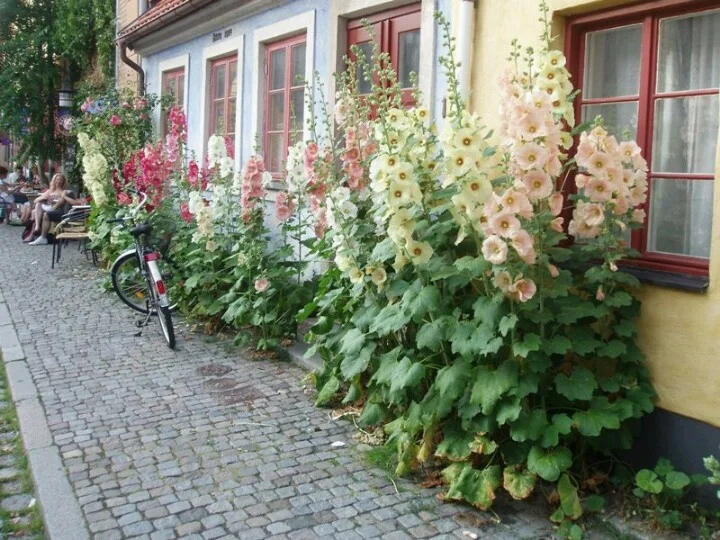
Sunlight
Most tall flowering plants flourish in full sun, receiving at least 6–8 hours of direct light daily. Sunlight is essential for strong stems and vibrant blooms. However, there are exceptions: foxgloves and cardinal flowers prefer partial shade, thriving in woodland gardens or areas with dappled light.
If your garden has limited sun exposure, you can grow shade-tolerant tall varieties near fences, trellises, or lightly shaded spots to balance light conditions.
Soil
Well-drained, nutrient-rich soil forms the foundation of healthy tall flowers. Most tall bloomers dislike soggy soil, which can lead to root rot. Amending your soil with organic compost, leaf mold, or aged manure improves fertility and drainage.
For heavy clay soil, add sand or perlite to improve texture. Some species, like sunflowers and lupines, prefer slightly sandy soil, while others such as delphiniums thrive in loamy, moisture-retentive beds. Testing your soil’s pH is important; most tall flowers grow best in a slightly acidic to neutral range (pH 6.0–7.0).
Watering
Consistent watering is vital, especially during hot summers. Tall plants, with their extensive root systems and heavy blooms, need deep watering once or twice a week rather than light daily sprinkles. This encourages roots to grow downward, providing stability and resilience.
In dry climates, mulching around the base conserves moisture and regulates soil temperature. Be careful not to overwater while plants like cardinal flowers enjoy damp soil, others such as verbascum thrive in drier conditions. Always adjust your watering schedule based on the plant variety and local climate.
Staking
Because tall flowers often grow top-heavy, they are vulnerable to bending or breaking in strong winds or heavy rain. Staking helps them remain upright and healthy. Use bamboo canes, metal supports, or decorative trellises for support. Tie stems loosely with soft twine or fabric strips, leaving room for natural growth.
For clump-forming plants such as delphiniums or gladiolus, circular supports or cages work best to keep the entire group standing tall. Installing stakes early in the season is ideal to prevent damage once plants are fully grown.
Fertilization
Tall flowering plants require extra nutrients to sustain their rapid growth and abundant blooms. Apply a balanced, slow-release fertilizer every 4–6 weeks during the growing season. High-phosphorus blends encourage bigger, longer-lasting blooms, while potassium strengthens stems. Avoid fertilizers high in nitrogen, as this can produce excessive foliage at the expense of flowers.
Organic alternatives such as compost tea, fish emulsion, or seaweed extract are excellent for boosting soil health naturally. Regular feeding ensures continuous flowering and keeps plants vigorous throughout the season. If you’re growing in containers, learning the best methods for planting flowers in pots can further enhance their health and blooming potential.
Benefits of Adding Tall Flowering Plants
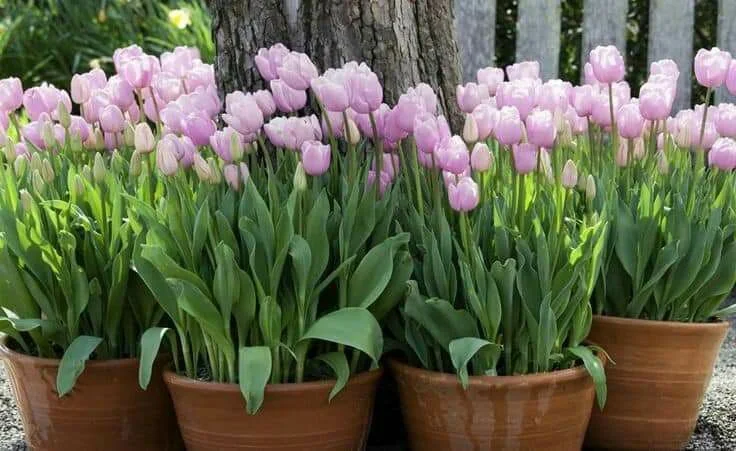
-
Visual drama: Adds height and dimension to gardens.
-
Pollinator attraction: Supports biodiversity by attracting bees and butterflies.
-
Seasonal structure: Offers a vertical framework even when not in bloom.
-
Cut flowers: Many tall flowers, such as gladiolus and delphiniums, are perfect for floral arrangements.
FAQs
What are the tallest flowers I can grow in my garden?
Sunflowers are among the tallest, often reaching 10 to 12 feet, while hollyhocks and delphiniums also grow impressively tall.
Do tall flowers need staking?
Yes, most tall flowering plants benefit from staking or support, especially in windy locations.
Can tall flowering plants grow in pots?
Yes, dwarf varieties of tall flowers like sunflowers and gladiolus can thrive in large containers.
How long do tall flowering plants bloom?
It depends on the species. Foxgloves and delphiniums bloom in early summer, while sunflowers bloom from mid to late summer.
Are tall flowers suitable for small gardens?
Absolutely. Even in small gardens, strategically placing one or two tall flowers can create depth and a focal point.
Conclusion
Incorporating plants with tall flowers into your garden is an excellent way to create structure, moreover attract pollinators, and design a visually stunning outdoor space. From sunflowers and hollyhocks to foxgloves and delphiniums, these vertical bloomers provide elegance, color, and seasonal drama.
In addition, they add depth to borders, and likewise, they enhance small gardens by creating natural focal points. For a broader variety of options, you can also explore the best plants for flower beds that complement tall blooms beautifully.
Furthermore, by following the right care tips and design strategies, you can enjoy a garden that is not only beautiful but also sustainable and vibrant. Consequently, tall flowers improve biodiversity and therefore make your garden healthier. Above all, their towering presence delivers charm and grace.
Whether you’re creating a romantic cottage garden or a modern landscape, tall flowers will always stand tall as showstoppers. Ultimately, their versatility ensures lasting impact, and as a result, your garden will bloom with vertical brilliance.

